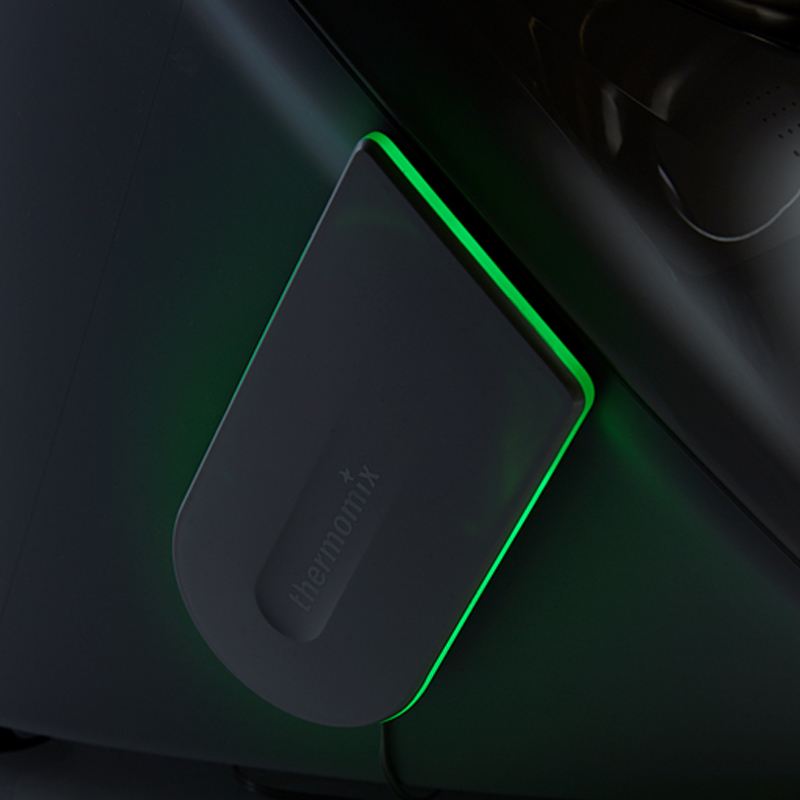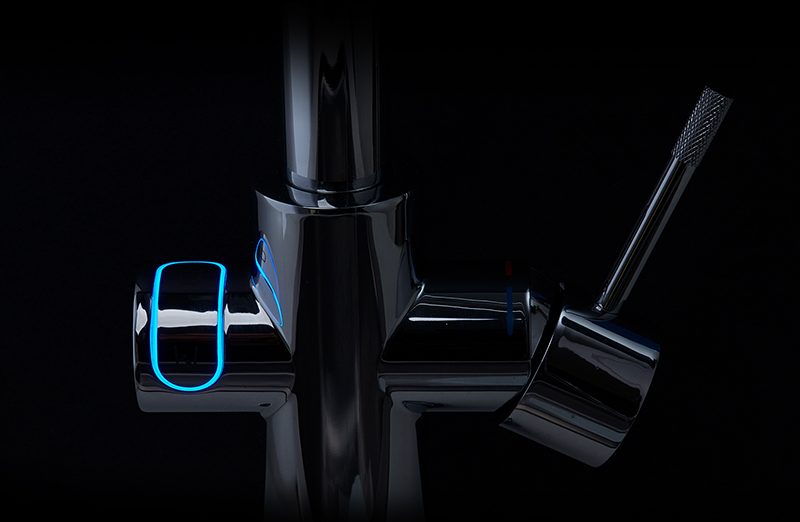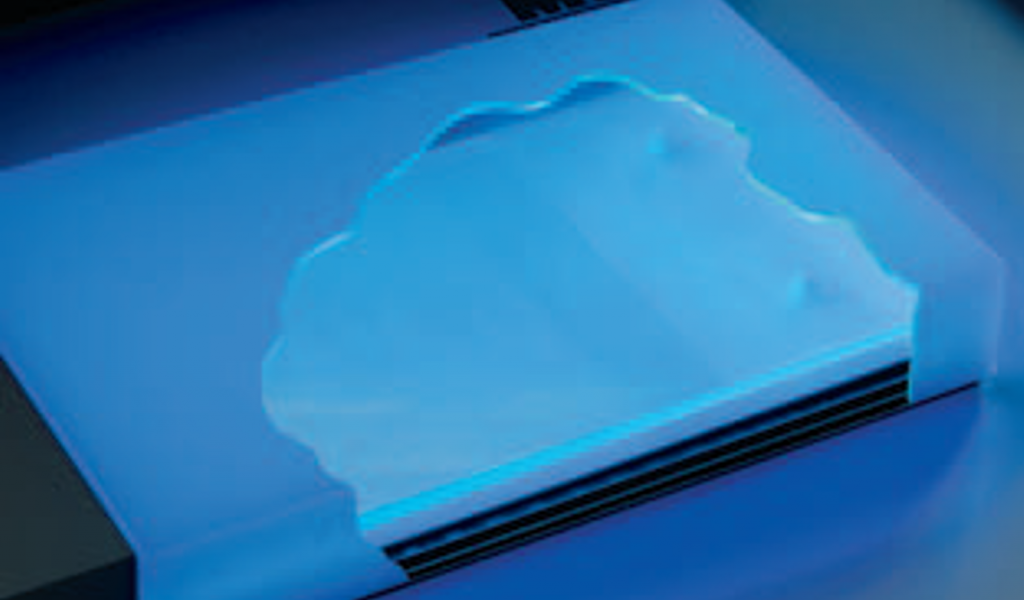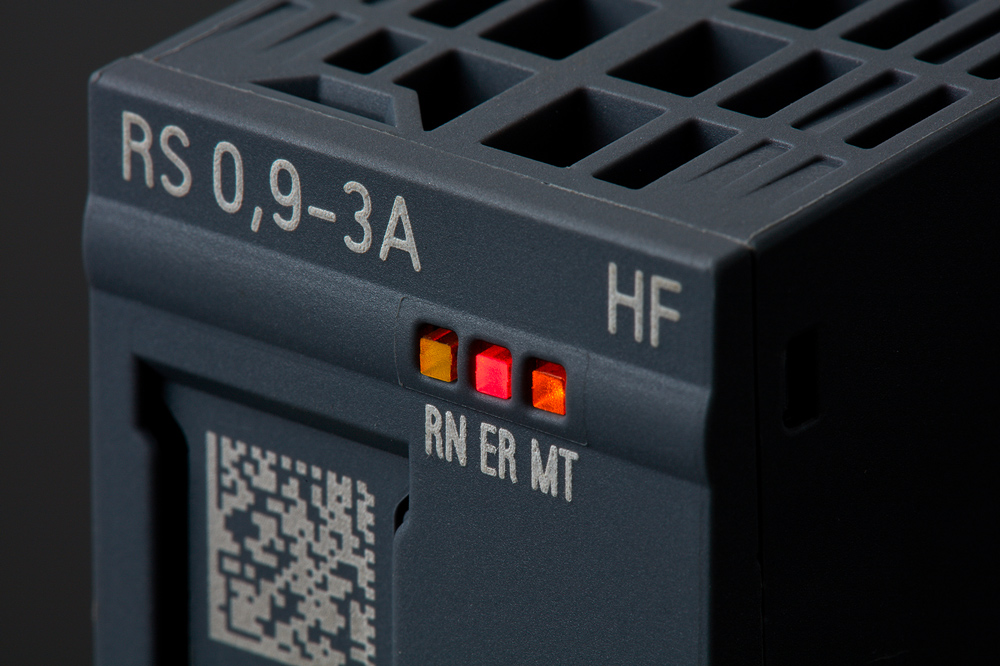Guiding and distributing light with as little loss as possible; emitting light in the desired places and in the correct pattern; scattering light using a diffusor or blocking it where necessary to avoid unwanted scattered light or halo effects – in many cases, injection-moulded plastic components are absolutely perfect for all of these jobs.
Plastic injection moulding: simply unbeatable in so many ways
However, producing high-quality optical precision components with this method is no small feat; on the contrary, it is highly complex. Very strict optical characteristic requirements (surface quality, freedom from cavities, colour stability, etc.) must be met, as well as many other specifications that apply simultaneously – for example mechanical properties (e.g. stiffness or abrasion resistance), chemical stability or thermal behaviour. This requires absolute precision, a strict focus on quality and perfect management of all production parameters.
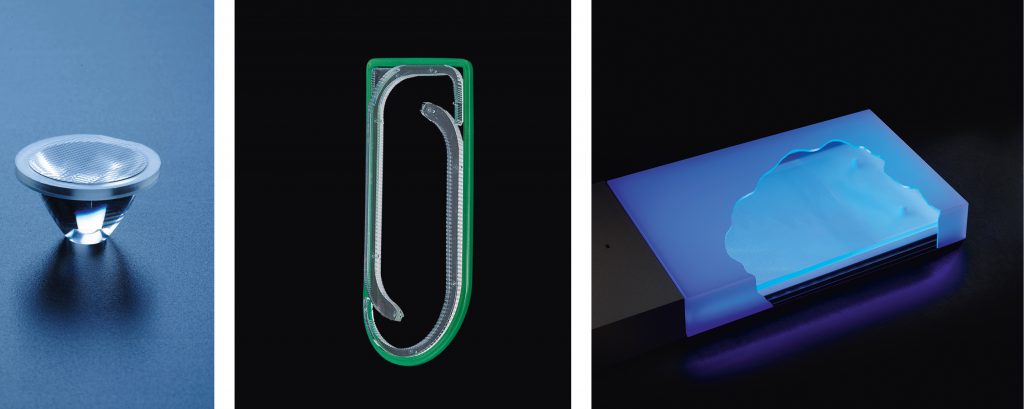
We produce our injection-moulded lighting components preferably from PC (polycarbonate), PMMA (polymethyl methacrylate) and ABS (acrylonitrile butadiene styrene). If there are special requirements, we, together with our material suppliers, develop our own compounds with the desired optical, mechanical and chemical properties.
Due to their many advantages, injection-moulded plastic components are used in many of our customer projects. Examples are lighting solutions that we have implemented for Vorwerk, Grohe, Busch-Jaeger or Siemens. For more information on these and many other projects, visit our Reference page.
Read on for more information about our injection moulding expertise:
Strengths, limits and alternatives
Injection moulding technology plays to its strengths when there are large quantities, low unit costs or tricky installation spaces. Injection moulded, light-guiding components reach their technical limits if they need to be much longer than 1,000 mm. In addition, the technology requires an upfront investment in tools. Therefore it may not be financially viable for projects with lower quantities. In both cases, other technologies, such as M-Cut, M-Fibre or textile lighting systems may be better alternatives.
